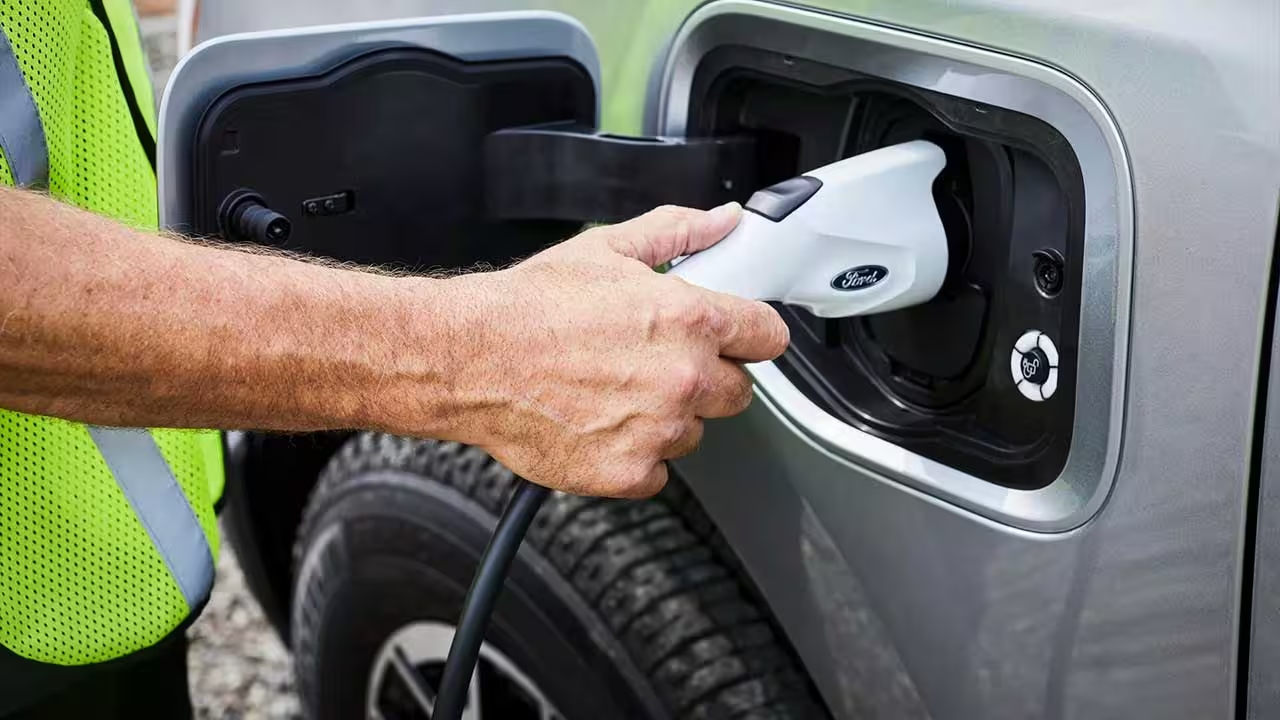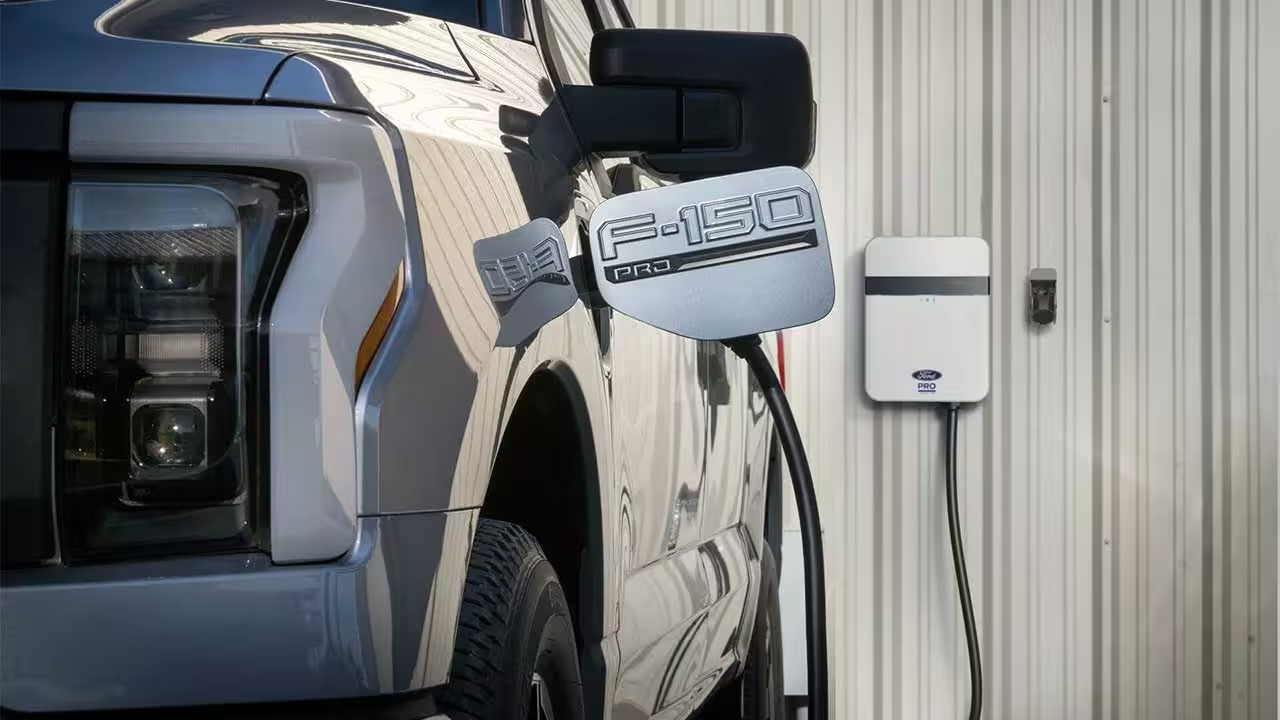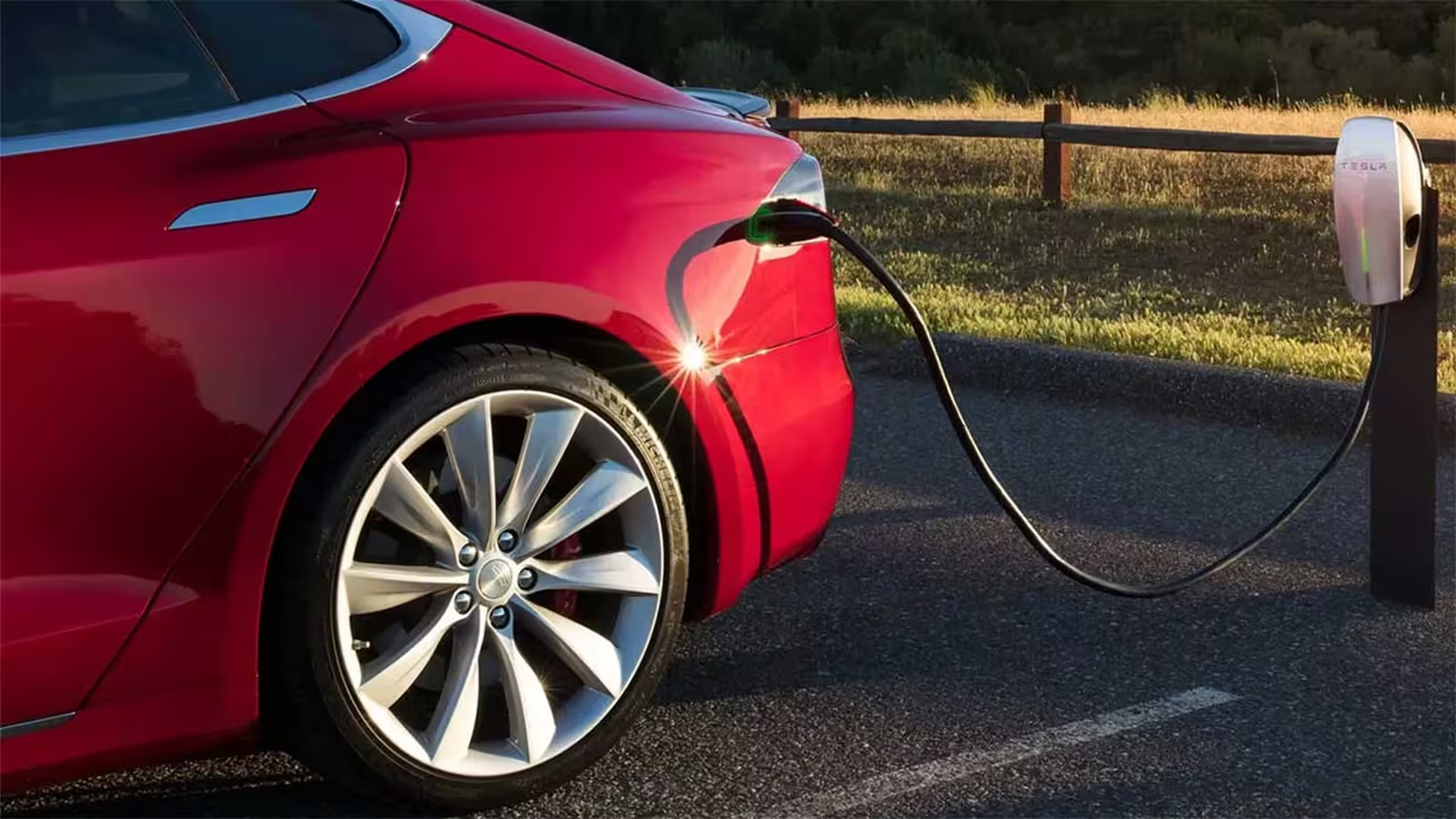3 Minutes
The Acceleration of Electric Vehicle Sales Outpaces Charging Infrastructure
The electric vehicle (EV) market in the United States is experiencing rapid growth as more drivers shift towards cleaner and more efficient automotive options. However, this green revolution is facing a significant stumbling block: a looming shortage of public EV charging stations. Recent changes in federal policy and a reduction in government funding for high-speed charger installations threaten to widen the already concerning gap between EV adoption and charging infrastructure development.
Policy Shifts Impacting Charging Network Expansion
Under previous federal initiatives, the US government planned substantial investments in EV infrastructure through the National Electric Vehicle Infrastructure (NEVI) program. The plan aimed to allocate $5 billion over five years to states, fueling the installation of fast chargers nationwide and ensuring the electrical grid could keep pace with soaring demand. However, with the recent administration's budget cuts and a halt to federal funds for high-speed chargers, progress has slowed dramatically.
According to Bloomberg, the number of high-speed chargers installed across the US in the first quarter of this year fell by more than 21% year-over-year. This decline has caused experts, including Bloomberg analyst Aswath Wang, to revise annual projections for new charger installations downward—from 360,000 units to just 285,000 for this year. If this trend continues, the US may see a reduction of up to 30% or more in annual charger deployment by 2030, severely impacting the electric car industry's growth trajectory.

Current Landscape and Future Needs
Data from the US Department of Energy reveals that there are currently around 208,000 public charging ports available nationwide. While this figure represents a step forward, it falls short of meeting the demands generated by surging EV and plug-in hybrid sales. To keep up, the installation of approximately 174,000 new charging ports each year is required—a pace that, if not achieved, could make the future rollout of EV charging networks both challenging and costly.
Market Relevance and User Experience
The lack of sufficient EV charging infrastructure poses both short-term inconveniences and long-term risks. Without adequate stations, EV owners may face longer wait times or increased range anxiety, undermining the appeal of switching to electric transport. Additionally, the discontinuation of federal support threatens to dampen private investment, further slowing progress and hindering efforts to mainstream electric mobility in the US.

Comparisons and Use Cases
Compared to global leaders like China and parts of Europe, the US lags behind in EV charging network density—potentially impacting the market’s ability to compete internationally. Reliable high-speed charging stations are essential for both urban commuters and long-distance travelers, making robust infrastructure a competitive advantage for countries prioritizing smart city and sustainable technologies.
Political Perspectives and the Path Forward
Political debates over federal spending and EV policy have complicated the future of charging infrastructure expansion. White House spokesperson Harrison Fields recently criticized previous EV initiatives for imposing costs without delivering results, signaling a shift in priorities under the current administration. However, experts agree that regardless of the political landscape, bridging the gap between EV sales and supporting infrastructure remains critical. Coordinated investments and forward-thinking regulations are necessary to unlock the full potential of electric vehicles and ensure the US remains at the forefront of automotive innovation.


Comments